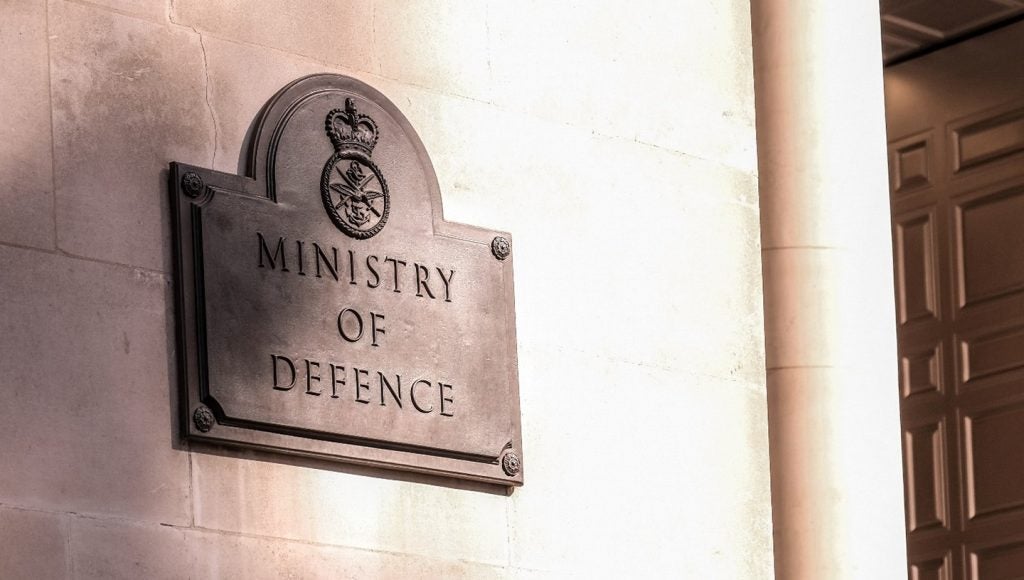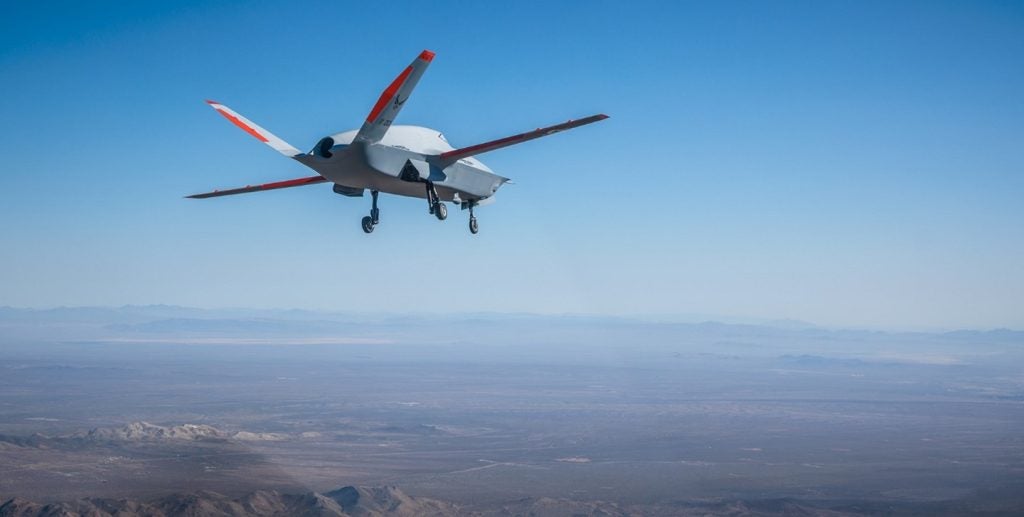Ahead of the release of the UK’s Spring 2024 Budget, defence observers are left pondering whether more funds will be made available for military spending in an election year that is looking increasingly difficult for the incumbent Conservative Government.
The 6 March 2024 budget will effectively serve as a formula to stimulate a degree of growth to the economy and line up good news headlines ahead of a widely expected general election in Q4 this year, most likely taking place in November.
In defence, the UK will be looking for ways it can strengthen its posture through its strategic commitments – from the support it offers Ukraine to organising its own force structure against near-peer threats.
Given the National Audit Office accounted for the UK’s largest defence equipment deficit in December 2023, the Government will need to play catch-up as it seeks to deliver these commitments.
Background and aims
Following Russia’s invasion of Ukraine, there were renewed calls for an increase to defence spending, particularly in the context of rising inflation since the start of the conflict in February 2022.
The Spring Budget 2023 allocated an additional £5bn to defence spending over the next two years (2023/24 and 2024/25), and a further £2bn per year in subsequent years up to 2027/28. This increases defence spending by a total of £11bn over this five-year period.
In addition, as part of the Integrated Review Refresh 2023 (which sets out the Government’s national security and international policy), Prime Minister Rishi Sunak set out a longer term ambition to increase defence spending to 2.5% of the UK’s gross domestic product (GDP). Although no timeframe has been given for achieving this goal.
Defence procurement in the run-up to the budget
Recently, the UK Ministry of Defence (MoD) instiututed new methods to its systems acquisition. On 28 February 2024, the Minister for Defence Procurement, James Cartlidge, looked to hasten the pace of delivery with a greater focus on exportability and minimal national configuration requirements.
“Rather than striving for perfection before delivering to the frontline, capabilities at 60-80% of their full potential will be provided to the user, allowing early application, and subsequent improvements to reach their full potential,” the MoD stated.
This procurement reform sets the stage to furnish the UK Armed Forces with more systems more cheaply and readily available off-the-shelf - certainly a good news headline if ever there was one for a Government that typically relies on nothing other than tax cuts to curry favour.
The budget may enable the MoD with funds to pursue what appears to be a new form of procurement for cheaper systems.
New strategies for an inadequate force structure
Last month, Cartlidge also laid out a new Drone Strategy backed by at least £4.5bn of investment over the next decade, the MoD aims to accelerate access to uncrewed systems for the Armed Forces, rapidly equipping them with innovative technology across air, sea, and land.
These longer-term commitments to restructure the Armed Forces as it adopts hybrid methods of warfare will help to offer fresh opportunities that have been proven by the asymmetric methods applied on the battlefields of Ukraine.
Additional reporting from Richard Thomas.












